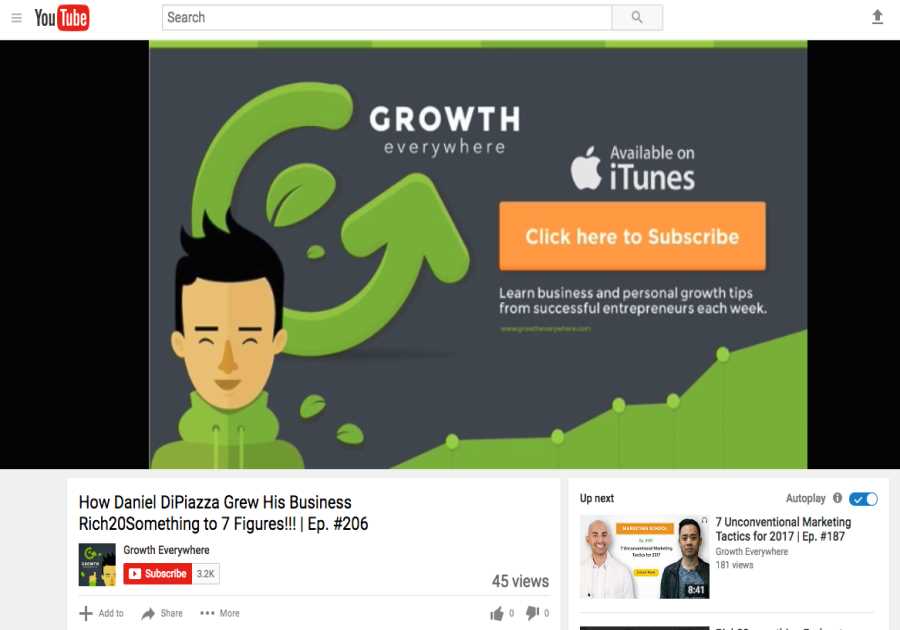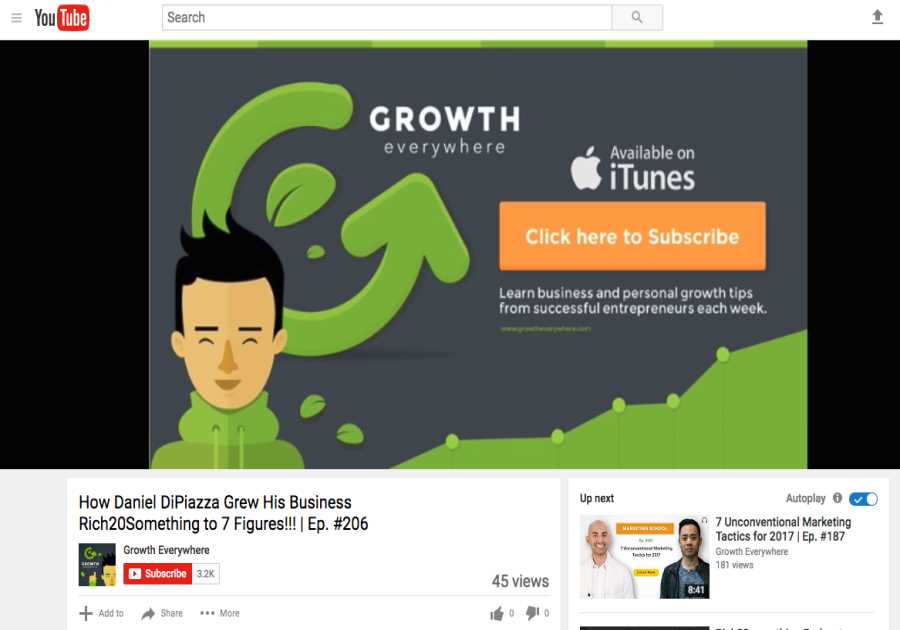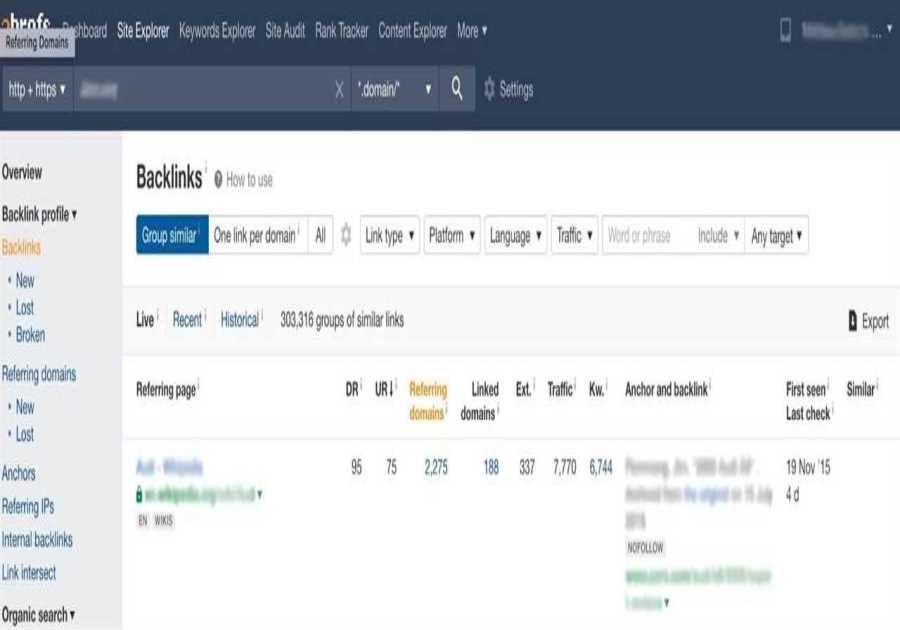

If you’re just getting started with email marketing, you might be wondering what all the hoopla’s about when it comes to email deliverability.
Whether you’re unsure how it impacts your email success, or if you’re just not convinced it’s that big of a deal, we wanted to help bring clarity to the sometimes puzzling topic.
Why email deliverability is a big deal
Reason #1: You want people to read your emails.
I know, this one is kind of obvious. Of course you want people to read your emails! But there’s a whole lot that goes into making that happen – and a big chunk of it has to do with email deliverability.
Unless you pay careful attention to the things that impact your deliverability, the basic goal of getting people to read your emails becomes extremely difficult to attain.
Plus, focusing your attention on email deliverability will help you achieve better open and click rates.
Reason #2: You don’t want to be labeled a “spammer.”
If people mark your messages as spam, that might cause your deliverability to take a dip. When you receive a spam complaint, future emails might end up in the spam folder, too.
Not sure if you’re sending spam? Here’s a telltale sign: you send email content that doesn’t align with what your subscribers expect to receive from you. Or, the majority of your email content is too promotional.
To avoid sending spam, set clear expectations for your subscribers about the email content you send. Then, deliver on that promise.
So, what should you do in order to reach the inbox? Follow some key email deliverability best practices.
Email marketing deliverability best practices
Tip #1: Ask new subscribers to confirm their email address
The first step to great email deliverability is asking your new subscribers to confirm their intention of joining your email list.
This process is called confirmed opt-in, or verified opt-in, in which you send a unique link to a new subscriber when they join your list.
Before adding the person to your list they must click that unique link verifying that they are indeed the same person that owns the email address and requested to subscribe.

Tip #2: Use a Custom Domain
Want your emails to land in subscribers’ inboxes instead of their spam folders?
Then don’t send your messages from a Yahoo!, Gmail, AOL, Hotmail, MSN, Outlook, rocketmail.com, ymail.com, Zendesk or any other free Internet service provider (ISP).
Signing up for a custom domain name to send your messages not only improves long-term deliverability, but it also looks professional, builds authority and creates brand awareness.
Plus, many ISPs use Domain-based Message Authentication, Reporting & Conformance (or more commonly referred to as DMARC) to stop email abuse.
DMARC is the current policy for email authentication. Basically, it’s an ISP’s way to protect itself from spammers pretending to send emails from their network. Any unauthenticated email — no matter how legitimate the content — could end up in a subscriber’s spam folder.
Say you’re sending a bulk message to your subscribers from your Yahoo! address through AWeber (which has its own servers). If Yahoo! can’t verify one of their own servers sent your email, then the message is rejected.
Note: This is not an AWeber-specific issue — it will happen from any reputable Email Service Provider.
Tip #3: Make your “unsubscribe” link easy to find.
This may shock you, but unsubscribes are a good thing.
Yes, really. They’re doing you (and your email deliverability) and favor.
Maybe someone accidentally signed up to your list or realized they no longer want to receive your emails. While these people should unsubscribe from your email list, many often flag emails as spam to prevent them from going to their main inbox. After all, the average email subscriber doesn’t know the impact that can have on a sender’s email reputation.
If that’s the case, make sure your unsubscribe button is easy to find in your email. You might also want to include a line of copy that tells people that if they no longer wish to receive your emails, they should unsubscribe from your list instead of marking you as spam.
You can even have a little fun with it. Get inspiration from bakery service Goldbelly and how they phrased the text around their unsubscribe button.

Tip #4: Ask your subscribers to add you to their contact list.
Ask your subscribers to add your “From Address” to their contact list when they first join. Commonly called “whitelisting,” this ensures that they never miss a message from you.
It also helps improve your email reputation score, which ultimately means more of your emails will get routed to the inbox instead of the spam folder.
Even the best email marketers in the game ask subscribers to take steps to ensure their messages make it to them. Here’s how speaker, author, and Chief Content Officer at Marketing Profs, Ann Handley, handles this conversation with her list.

Tip #5: Maintain a good email reputation score.
One big factor that plays into whether or not you have good email deliverability? Your email reputation.
Every email sender has an email reputation score. A number of factors determine the score:
How many emails you sendYour complaint ratesYour bounce ratesHow many times you’ve landed in the spam folder, andHow many inactive/old addresses you haveIf your score is low, that could prevent your emails from making it to the inbox.
Fortunately, there are simple ways you can prevent getting flagged as spam or hitting the spam folder. Sending email with content relevant to your subscribers, setting clear expectations about your emails from the start and not buying email lists are good places to start. Respecting your subscribers’ inboxes as if they were your own is essential to keeping your deliverability strong.
Pro Tip: Before you send an email, see if it passes the “You” test. Would you like to receive these offers? Would you be happy with the amount of emails you receive, and when you get them? That’ll help you identify a good starting point for your emails. To see if what you have in mind clicks with what your subscribers want, review your email analytics to identify their habits. If your subscribers prefer to receive emails with short subject lines, for example, send emails accordingly.
Tip #6: Maintain a healthy email list
The best way to improve and maintain your email deliverability is by keeping a clean and healthy email list.
There are a number of factors that can impact your list hygiene:
Typos in the email addressIllegitimate email addressesInactive email addressesThe easiest way to prevent email addresses with typos from showing up on your list is to use confirmed opt-in (aka double opt-in), which requires people to confirm their subscription before getting added to your list. If someone enters the wrong email address, there’s no way they’ll ever receive that confirmation email. This helps keep your list clean of undeliverable messages because no email addresses with typos will pass through to your list.
You can also use an email validation service like Kickbox to verify which email addresses are legitimate and which ones aren’t. Simply import your email list, start the validation process, and remove the email addresses that aren’t valid.
Finally, if you notice that someone hasn’t opened your email in several months, then it might mean they’ve changed email addresses. In that case, you can either attempt to re-engage them or remove them from your list entirely.
Improving Your Email Deliverability
Email deliverability is an important piece of every marketing plan. Are there areas where you might be able to make improvements to your own strategy?
Comment below to tell us what has helped you improve your email deliverability!
The post Email Deliverability Tips to Get Your Message to the Inbox appeared first on AWeber.
By: Kelly ForstTitle: Email Deliverability Tips to Get Your Message to the Inbox
Sourced From: Original article available: blog.aweber.com/email-deliverability/email-deliverability-tips.htm
Published Date: 2021 02 09






